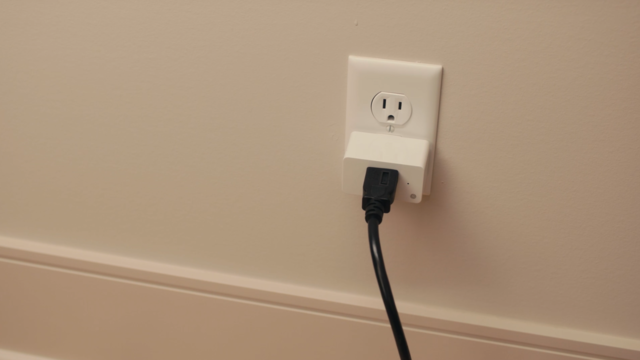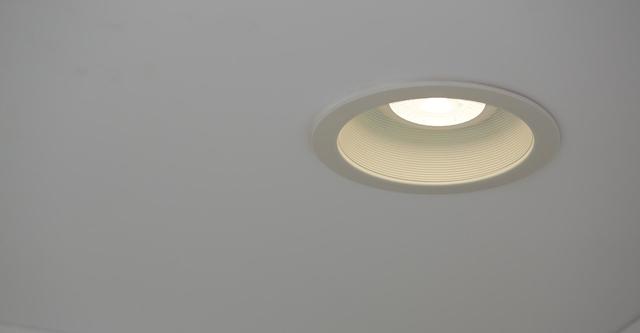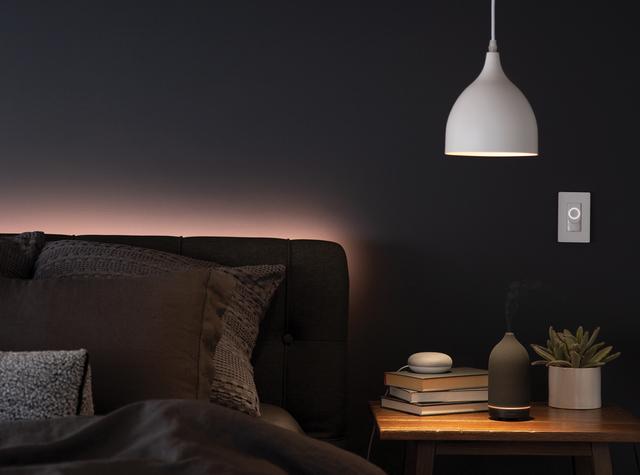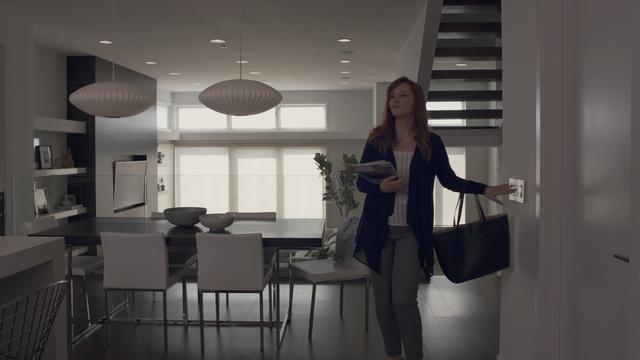What Is Circadian Lighting and How Does It Affect the Body’s Rhythm?
Circadian lighting refers to lighting that is designed to have a biological impact on the human circadian system. Read more about its effect on your body here. You’ve probably heard the term “circadian rhythm.” A circadian rhythm is basically our body’s 24-hour internal clock, which performs several important functions like telling us when to sleep and when to wake.
Light can impact our body’s natural cycle, so the concept of circadian lighting was designed to help minimize the effect of electric light on the human circadian rhythm.
The main goal of circadian lighting is to affect and support human circadian cycles by giving us brighter days and darker nights to help us wake up easier and sleep deeper. Circadian lighting reinforces the natural light and dark signals our eyes and brain would receive from the sun if we were to spend more time outside.
What Is Circadian Lighting?
Circadian lighting is the concept that electric light can be used to support human health by minimizing the effect of electric light on our circadian rhythms. This is achieved through systems and features like intensity tuning, color tuning, and correlated color temperature that augment lighting technology to better match our body’s natural daytime and nighttime signals.
Intensity tuning
Intensity tuning is a controlled dimming system that correlates with the time of day. So, in the early morning, color tuned lights are set at a lower intensity, transition to a higher intensity throughout the day, and reduce to a lower intensity in the evening to match the sun’s natural path.
Color tuning
Color tuning is the process of changing light intensity and correlated color temperature (CCT) to mirror the colors of the daytime and nighttime cycle. For instance, when the sun is highest in the sky, cooler CCTs are used which promote attention and alertness. For sunrise and sunset, color tuned lights would cast warmer CCTs. Throughout any given time of day, circadian lighting systems adjust to the daylight we would experience outside and brings it indoors.
Correlated color temperature (CCT)
Correlated color temperature refers to the color wavelength of the light a bulb puts out, measured in Kelvin and ranging between 1000–10000K. The lower, the warmer and the higher, the cooler. Anything between 2700–3500K is similar to the daylight hours when the sun is rising and setting. Cool color temperatures range from 4000–10000K and mimics blue-sky daylight.
In general, color temperature will impact how you feel—just think of the difference between brushing your teeth at night in a bright bathroom compared to winding down for bed under some warm dimmed lights. Pretty different states, right?
What are the Benefits of Circadian Lighting?
Health and Well-Being
The main problem many of us face is that we spend too much time inside. We’re just not getting enough light in our lives. Luckily, circadian lighting systems provide sure ways to offset those issues. Using circadian lighting helps aid our biological clock by mimicking daytime light signals, which help improve sleep, mood, and our overall sense of well-being. There’s also the undeniably positive psychological impact of more light, especially in cloudier and darker parts of the world where it may be more difficult to get bright sunlight.
Productivity
In environments where we need to be most alert, having cooler, blue lighting signals our cells to become active. That’s why places like hospitals and offices generally have lighting that reinforces this awake state.
If you have a space in your house—like a home office or a place for creative work—where you need to see details while being attentive to the task at hand, you’re going to want cool lighting. Cool lighting helps cultivate wakefulness, focus, and awareness, by recreating the midday spectrum we would experience if we were outside in direct sunlight.
Sleep and Circadian Lighting
Every cell in your body contains a clock made up of interlocking feedback loops of proteins and “clock” genes to keep you in sync with your environment, and their activity is affected based on light levels. So, to stay in sync with your environment, making sure your eyes are exposed to proper light at the right times of day is paramount.
Rather than winding down during the night, as we did before we had electricity, modern humans are often very active at night due to technology use, meaning that we spend the latter part of the day with similar light exposure as the middle of the day. Our brain doesn’t get the signals that it should wind down.
Our eyes send signals to our hypothalamus, which dispenses melatonin (the body’s sleep chemical) depending on the level of light we get and what time of day it is. So, when you wake up, you want a lot of light to send signals to your brain for waking. Likewise, when you are preparing to sleep, you should make sure to dim the lights to aid in the release of melatonin.
So, now that you’ve got a good sense of how circadian lighting and rhythm works, let’s give you some tools to make sure you’re getting the best circadian rhythm you can.
What Lights Are Best For A Good Circadian Rhythm?
We’ve got a whole line-up of products that work wonderfully throughout your home to support circadian rhythms:
Indoor:
sun filled™ LED
Our very own sunlight light bulb. As our closest light to natural sunlight, it’s the perfect bulb to brighten your life and help reinforce your body’s natural sleep-wake cycle. By limiting the blue peak in the light spectrum, sun filled™ LED assists in the natural production of melatonin, helping the body and mind prepare to sleep.
refresh™ HD LED
Our enhanced daylight led bulb, best for energizing moments and active spaces. It’s the optimal bulb for playrooms, home offices, laundry rooms, and garages.
relax™ HD LED
Evening’s best friend. When it comes to winding down, relax light bulbs excel at getting melatonin going while you get ready for bed.
CYNC Soft White Smart Bulb
A smart, fully dimmable option for any time of day, our soft white light bulbs can be full bright, dim lit, or used as a nightlight.
Outdoor:
LED+ Dusk to Dawn
Our outdoor light that’s up all night. It’s the optimal dusk to dawn light bulb and circadian rhythm companion that turns on after dark and turns off at first light—no scheduling required.






